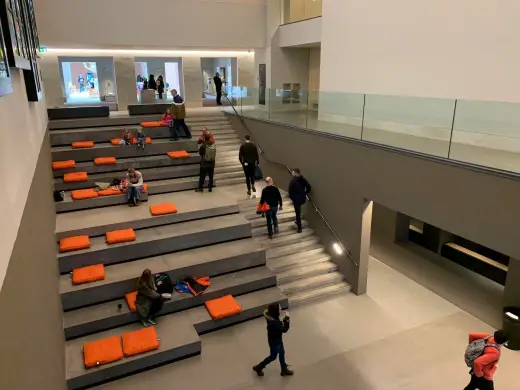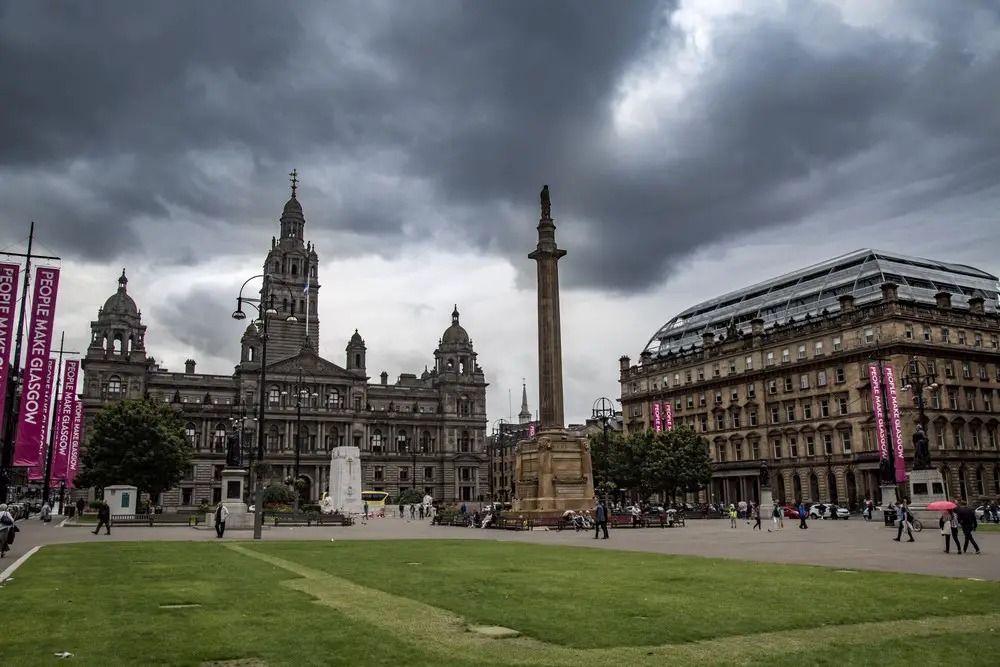Exploring Glasgow’s history and heritage through architecture, Strathclyde property, Scottish buildings
Exploring Glasgow’s History and Heritage Guide
Historical Building Tours in Western Scotland: Strathclyde Built Environment
21 July 2019
Exploring Glasgow’s History and Heritage Through Architecture
When you visit Glasgow you’ll be able to learn about the city’s rich history and heritage through city walks. Everywhere that you look you’ll see historic buildings, rivers, canals, parks and gardens. These sites provide a wealth of information about Glasgow’s beginnings. Take a break from your online pokies and set out on a tour of Glasgow’s historic district to get more information about the city’s past through its archaeology and architecture.
Exploring Glasgow’s History and Heritage Through Architecture
Beginnings
The River Clyde served as a natural location for the founding of a city. The Romans were the first to build outposts in the area. In the 6th century the Christian missionary Saint Mungo built a church on the Moledinar Burn which signaled the establishment of a settlement. Glasgow became a religious center for early Christians. The town grew and by the late 12th century, had grown enough to host a region-wide fair. Early settlers traded in beer, fish and agriculture and exported cured herring and salmon.
In 1451 the University of Glasgow was founded. Rome deemed the city important enough to elevate the bishopric to the Archdiocese of Glasgow. This increased the town’s educational and religious status and a number of wealthy individuals came to settle in the city.
Glasgow was raised to the status of “royal Burgh” in 1605 when the 14 incorporated trade crafts federated at the Trades House. This change was made possible largely through the Protestant Reformation when the Convention of the Royal Burghs opened. The new incorporation was thus able to match the power and influence of the earlier Merchants’ Guilds in the town council and contend with the guilds for control. By the 18th century, Glasgow had begun to become involved in international trade, invention and manufacturing. City importers/exporters traded in tobacco, cotton and linen which were produced by the Atlantic triangular slave trade.
Glasgow’s trade grew after the Acts of Union of 1707 when Glasgow’s port became an international hub of trade to and from the Americas. Industrialization led to further expansion as well as to the building of the Monkland Canal and basin that linked the Clyde Canal and forth at Port Dundas. The port allows access to coal and iron-ore mines in Lanarkshire.
After the city put a lot of effort into dredging and deepening the River Clyde, Glasgow became a major center of shipbuilding.Fishing continued to be a major Clyde River industry.
By the end of the 19th century Glasgow was known as the “Second City of the Empire.” It developed into a major center of textiles of all forms including garment-making, leather processing, furniture-making and carpet manufacturing.
Throughout the city’s expansion, the University of Glasgow continued to cement Glasgow’s place as one of Europe’s most important centers of learning.
Glasgow Architecture
Much of what is known today about Glasgow’s history has been gleaned from archaeological excavations that have taken place in and around the Old City area. One of these early sites is the Govan Old Parish Church, which contains an early Christian sarcophagus that dates from 576 A.D. Goven Church is a “Listed Church” which means that it is one of 1800 structures that’s listed by Historic Scotland, a preservation society. The cityscape of Glasgow was shaped by the Cathedral which contains elements of its early 12th century structure.
When the early settlers put down roots near the Clyde River crossing, located at the foot of the Salt Market, the first thing that they did was to build the Cathedral. They built the Cathedral on the site of a church that contained the remains of St. Kentigern, on a hill overlooking the Molendinar Burn. The Cathedral elevated the new settlement into a position of leadership for the area, cementing Glasgow it as the region’s political and religious center.
As the area around the Cathedral grew, a large market, which was controlled by the local bishops and other clergy, developed. The configuration of early Glasgow involved a single main street that led from the Cathedral to the Clyde. The Stockwell Street Bridge was built, first in wood and then in stone. For most of Glasgow’s history this eight-arched bridge was the principal bridge used to cross the Clyde.
Much of early Glasgow architecture focuses on ecclesiastical structures. The convent of the Dominicans (Black Friars) was built in the 13th century and featured a convent and a chapel. The University, which was linked with the Cathedral until the Reformation, was built in the 15th century, first in Rotten Row and then on the north side of Blackfriars.
The Franciscans (Grey Friars) established their house across from the University on High Street. With the construction of these buildings, a continuous built-up area between the upper and lower town was established.
The Bishop’s Castle was the most impressive building in the burgh. It was first mentioned in 1258 as a circular earthwork located immediately to the west of the Cathedral. Writings from the period indicate that the Castle enclosed a number of timber buildings although recent archaeology has not been successful in identifying their location.
It’s possible to see the remains of similar types of simple earthwork and timber castles in two of the city parks: one is located within Pollok Country Park and the other can be found near the summit of Queen’s Park. In 1426 the early Episcopal Bishop’s Castle was replaced by a tower house. The tower house was enclosed in a curtain wall which was protected by towers and a gatehouse. This type of baronial architecture, with its imposing fortifications. were demolished in the late 1700s and today it houses the St Mungo Museum of Religious Life and Art.
Castles
Glasgow castles were once the dominant feature of the rural landscape. One, Crookston Castle, was built on a hilltop in the south-west of the city. The castle’s history depicts the feudal carve-up that took place in the 12th century when the kings of Scots fought to secure influence and power in the west. This was also an earthwork and timber castle. Today you can see the ruins of the unusual tower house.
The castle located near to the ancient parochial church at Cathcart is more typical of Scottish medieval castles. Originally, it stood five stories high and had a simple rectangular barmakin [enclosing wall]. Hagg’s Castle, which is a simple tower house, is the only one that survives complete in the city today.
Surrounding the Cathedral were well-built, roomy stone buildings that served as the dwellings of Cathedral clergy and administrators. One surviving example of these dwellings is Provand’s Lordship which was built in 1471. Little is known of Glasgow’s domestic architecture which were assumed to have consisted of simple single one-story buildings that were framed in timber and had walls of wattle and daub. Typically the ground floor served as commercial premises and the upper floors were flatted and occupied by the owner’s family and other tenants.
There are several guided walking tours of Glasgow’s city center that focus on history and architecture. Participants will be able to enter many of the still-standing structures, view photographs and see some of the archaeological sites where the ruins of many of the oldest buildings can be seen.
Architecture in Strathclyde
Contemporary Glasgow Property Designs – recent architectural selection below:
Burrell Collection

photograph © Adrian Welch
Burrell Museum
University of Glasgow Building
Comments / photos for the Exploring Glasgow’s History and Heritage Through Architecture page welcome
